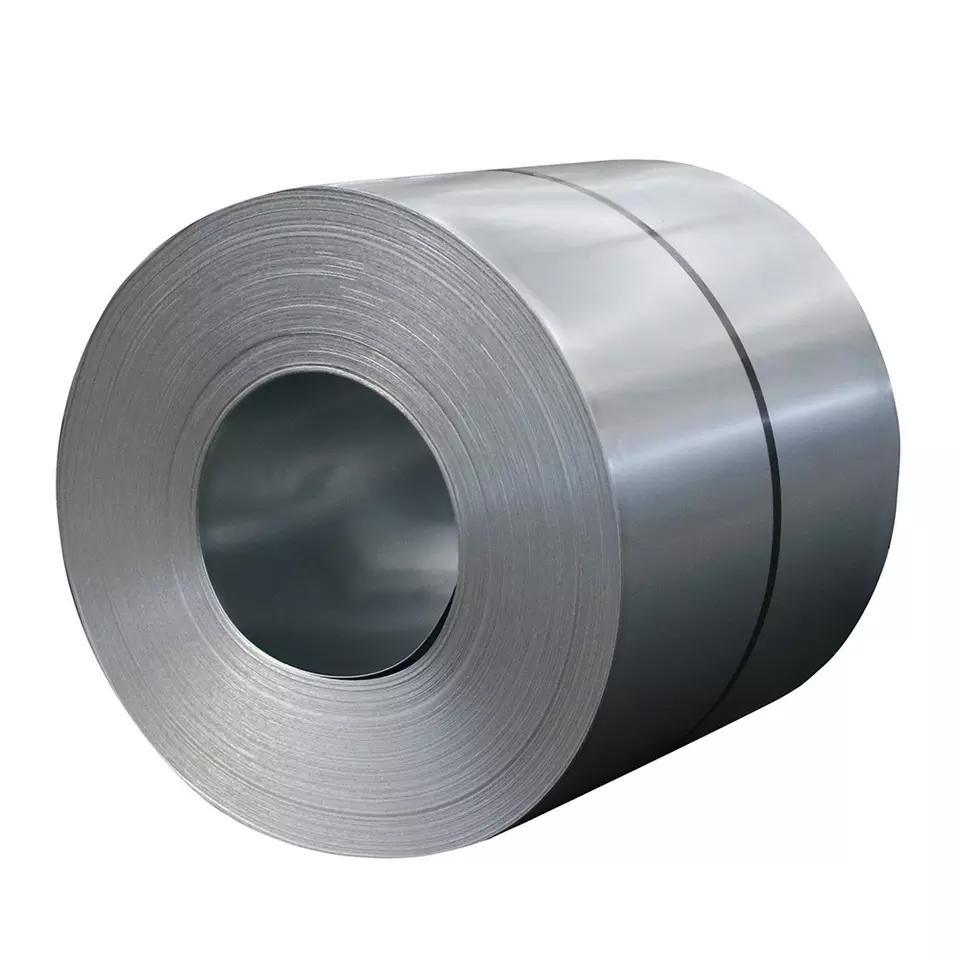Difference Between Hot Rolled Steel and Cold Rolled Steels
Steel, a fundamental material in various industries, can undergo different processing methods that result in distinct properties and characteristics. In this article, we will explore the critical differences between hot rolled steel and cold rolled steel, shedding light on their production processes, mechanical properties, and common applications.
Hot Rolled Steel: The Basics
Hot rolled steel is a type of steel that is processed at very high temperatures, typically above 1700 degrees Fahrenheit (926 degrees Celsius). The production process involves heating a large steel billet or slab until it becomes malleable and then passing it through rollers to reduce its thickness. Here are some key characteristics of hot rolled steel:
Surface Finish: Hot rolled steel has a rough and scaly surface due to the high temperatures involved in its production.
Mechanical Properties: It tends to be less precise in terms of dimensional accuracy and has slightly rounded edges. Hot rolled steel is known for its excellent strength and ductility, making it suitable for structural applications.
Cold Rolled Steel: The Basics
Cold rolled steel, on the other hand, undergoes a process that occurs at or near room temperature. The production process involves passing hot rolled steel through rollers while applying pressure. This process not only reduces the thickness but also refines the surface finish. Here are key characteristics of cold rolled steel:
Surface Finish: Cold rolled steel has a smoother, more polished surface compared to hot rolled steel. It is free of scale and surface imperfections, making it ideal for applications where aesthetics matter.
Mechanical Properties: Cold rolled steel offers precise dimensional accuracy and tight tolerances. It tends to be harder and less ductile than hot rolled steel, making it suitable for applications requiring precision.
Key Differences Between Hot Rolled and Cold Rolled Steel
Surface Finish: One of the most noticeable differences is the surface finish. Hot rolled steel has a rough, scaly surface, while cold rolled steel boasts a smooth and polished finish.
Dimensional Accuracy: Cold rolled steel provides greater dimensional accuracy and consistency, making it preferred for applications with tight tolerances.
Mechanical Properties: Hot rolled steel is known for its strength and ductility, while cold rolled steel tends to be harder and less ductile.
Cost: Cold rolling is a more precise and time-consuming process, making cold rolled steel slightly more expensive than hot rolled steel.
Common Applications
Both hot rolled and cold rolled steel find their places in various industries:
Hot Rolled Steel: Commonly used for structural components in construction, such as beams and columns. It’s also found in railroad tracks, agricultural equipment, and automotive frames.
Cold Rolled Steel: Ideal for applications requiring precise dimensions and a polished finish, such as appliances, furniture, automotive body panels, and high-precision machinery components.
In summary, the primary difference between hot rolled steel and cold rolled steel lies in their production processes, resulting in distinct surface finishes and mechanical properties. While hot rolled steel is prized for its strength and ductility, cold rolled steel offers precision and a refined appearance. Choosing between the two depends on the specific requirements of the application, emphasizing either strength and cost-effectiveness or precision and aesthetics. Understanding these differences empowers engineers, designers, and manufacturers to select the right type of steel for their projects, ensuring success and efficiency.
Advantages and Disadvantages
To provide a more comprehensive understanding of hot rolled and cold rolled steel, let’s explore their advantages and disadvantages:
Advantages of Hot Rolled Steel:
- Cost-Efficiency: Hot rolling is a faster and less costly process, making hot rolled steel more economical for large-scale production.
- Ductility: Hot rolled steel’s ductility is advantageous for applications that require extensive forming, bending, or welding.
- Strength: It typically exhibits greater strength compared to cold rolled steel, which is advantageous for load-bearing structures.
Disadvantages of Hot Rolled Steel:
- Surface Quality: The rough surface finish may not be suitable for applications where aesthetics matter, requiring additional finishing processes.
- Dimensional Variability: Hot rolling can result in less precise dimensional control, which may be a drawback for applications with tight tolerances.
- Advantages of Cold Rolled Steel:
- Surface Finish: Cold rolled steel offers a superior surface finish, making it ideal for applications where appearance matters.
- Dimensional Accuracy: It provides precise dimensions and tight tolerances, making it a preferred choice for components that require high precision.
- Hardness: Cold rolled steel tends to be harder and can hold fine edge sharpness, making it suitable for cutting tools and blades.
Disadvantages of Cold Rolled Steel:
- Cost: Cold rolling is a more time-consuming and intricate process, resulting in a slightly higher cost compared to hot rolled steel.
- Limited Ductility: Cold rolled steel is less ductile, which can limit its use in applications requiring extensive bending or forming.
The Future of Steel Production
As industries continue to evolve and prioritize sustainability, advancements in both hot and cold rolling technologies are expected. Innovations in energy efficiency, recycling methods, and surface treatments are likely to shape the future of steel production. This evolution will further expand the applications of both hot and cold rolled steel, meeting the changing needs of various industries.
Hot rolled steel and cold rolled steel are two distinct materials with unique properties and production processes. The choice between them depends on specific project requirements, balancing factors like cost, strength, precision, and aesthetics. By understanding the differences, advantages, and disadvantages of each type, individuals and industries can make informed decisions when selecting the right steel for their applications. The versatility of steel, whether hot rolled or cold rolled, remains vital to modern construction, manufacturing, and design, and its significance will continue to grow as technology and sustainability efforts advance.

